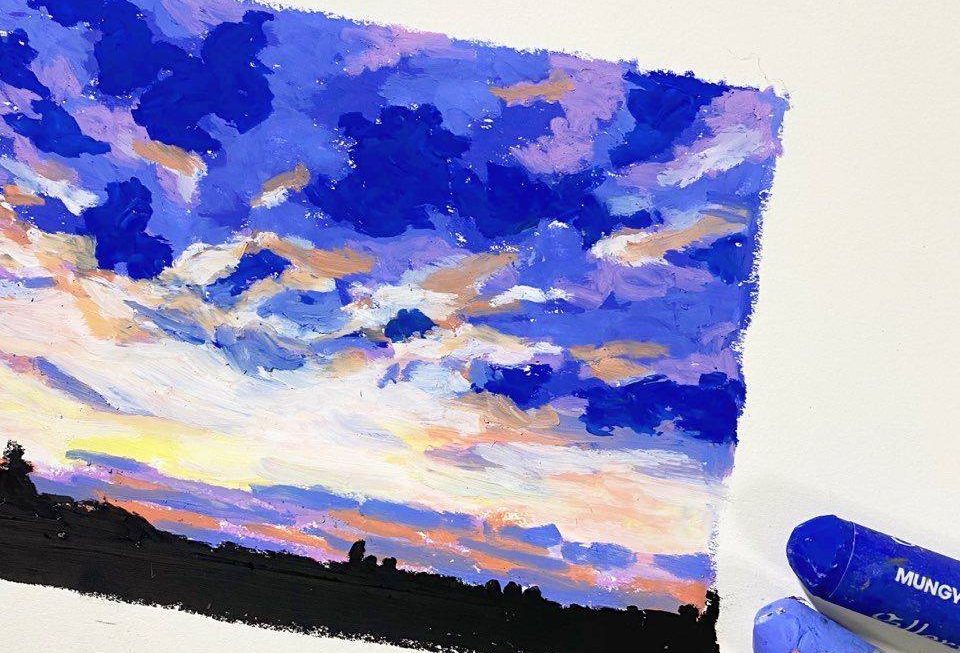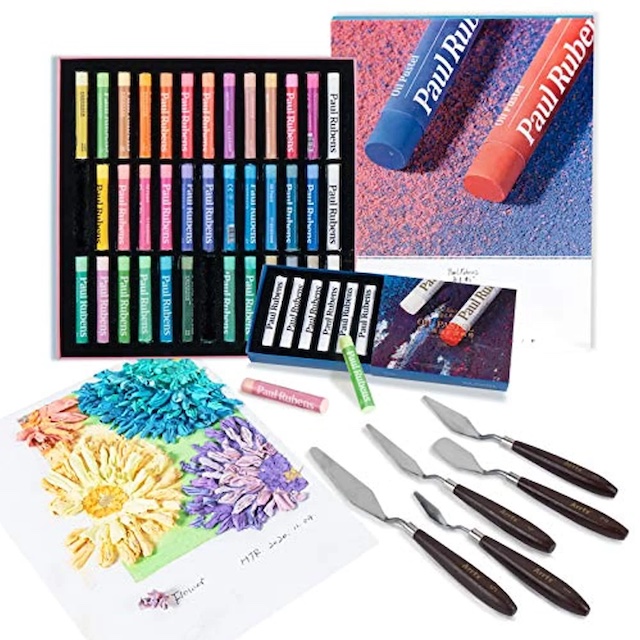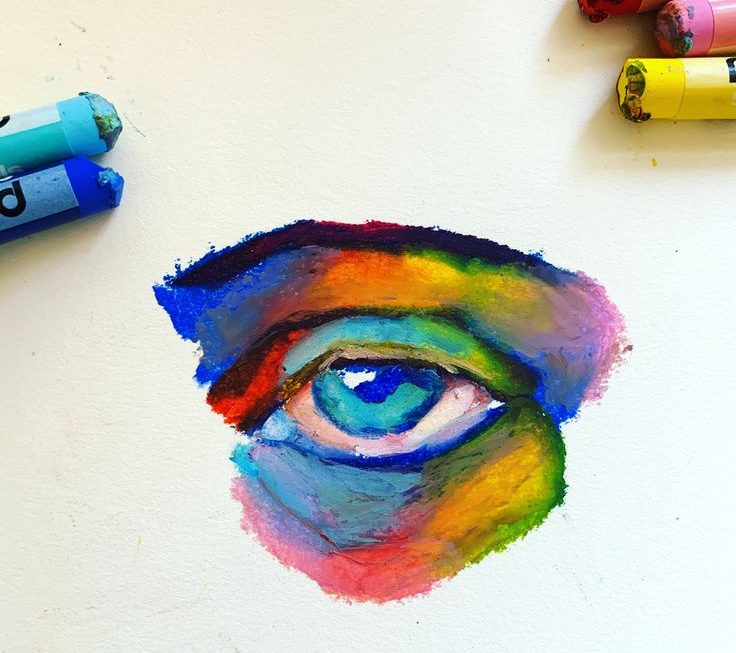Introduction
Drawing with pastels is a beautiful and versatile form of art that allows for vibrant colors and rich textures. Whether you’re a beginner or an experienced artist, working with pastels can bring a unique and expressive touch to your artwork. In this blog, we’ll explore the world of drawing with pastels, from the basics to more advanced techniques. By the end of this article, you’ll have the skills and confidence to create stunning pastel drawings that truly stand out.
Part 1: Getting Started with Pastel Drawing
Level 1: Choosing your pastels
Pastels come in a variety of forms, including soft, hard, and oil pastels. Soft pastels are the most common choice for drawing, as they offer a wide range of colors and blend easily. When selecting your pastels, consider factors such as pigment quality, texture, and brand reputation. It’s also helpful to invest in a range of colors to give your artwork depth and dimension.
Level 2: Selecting your paper
The type of paper you use can greatly impact the outcome of your pastel drawing. It’s important to choose a paper with a toothy texture that can hold the pastel pigment. Pastel paper, also known as sanded paper, is an excellent choice for this medium. Experiment with different paper surfaces and textures to find the one that best suits your style and preferences.
Part 2: Understanding Pastel Techniques
Level 1: Layering and blending
One of the key techniques in pastel drawing is layering and blending the colors. Start by applying a base layer of pastel and then gradually build up the colors and tones. Use your fingers or blending tools to gently blend the colors together, creating smooth transitions and gradations. This process allows for a rich and dynamic range of colors in your artwork.
Level 2: Creating texture and depth
Pastels can be used to create a wide variety of textures, from soft and delicate to bold and expressive. Experiment with different mark-making techniques, such as cross-hatching, stippling, and scumbling, to add depth and detail to your drawings. You can also use tools like pastel pencils or brushes to create fine lines and intricate details.
Part 3: Exploring Color Theory in Pastel Drawing
Level 1: Understanding color harmony
Color harmony is essential in creating visually pleasing artwork. Consider the principles of color theory, such as complementary, analogous, and triadic color schemes, to guide your color choices. By understanding how different colors interact with each other, you can create a balanced and harmonious composition in your pastel drawings.
Level 2: Experimenting with color temperature
Color temperature refers to the warmth or coolness of a color. In pastel drawing, experimenting with warm and cool colors can add depth and dimension to your artwork. Warm colors like reds, oranges, and yellows can create a sense of energy and vibrancy, while cool colors like blues and greens can evoke a more calming and serene mood. Understanding the interplay of color temperature can greatly enhance the visual impact of your pastel drawings.
Part 4: Advanced Pastel Drawing Techniques
Level 1: Creating atmospheric effects
Pastels are incredibly versatile and can be used to create atmospheric effects in your drawings. Experiment with techniques such as blending, layering, and using erasers to create soft and subtle transitions in your artwork. By carefully controlling the value and intensity of your colors, you can convey depth and distance, giving your drawings a sense of spatial perspective.
Level 2: Incorporating mixed media
Pastel drawing can be combined with other mediums to create unique and interesting effects. Consider incorporating mixed media elements such as watercolor, ink, or acrylic paint into your pastel drawings. By experimenting with different materials, you can add depth, texture, and visual interest to your artwork, pushing the boundaries of traditional pastel drawing.
Part 5: Blending Techniques for Drawing with Pastels
Blending is an essential part of pastel drawing, allowing artists to create smooth transitions between colors and achieve a soft, painterly effect. There are several techniques for blending pastels, each offering unique results.
One common blending technique is using your fingers to gently smudge and blend the pastel colors on the paper. This can create a seamless transition between colors and allows for greater control over the blending process. Another method involves using blending stumps or tortillons, which are tightly rolled pieces of paper used to smudge and blend the pastels. These tools can be especially useful for creating fine details and subtle transitions.
Additionally, artists can use a blending brush to gently sweep and blend the pastel colors on the paper. This technique is often used for creating a soft, diffused look and can be particularly effective for blending larger areas of color.
It’s important to remember that different papers and pastels will react differently to blending techniques. Experimenting with various tools and surfaces will help you discover the blending techniques that work best for your particular style and medium.
In conclusion, blending is a crucial aspect of pastel drawing that allows for the creation of smooth, seamless transitions between colors. By experimenting with different blending techniques and tools, artists can achieve a wide range of effects and textures in their pastel drawings.
Part 6: Composition and Design in Pastel Drawing
When creating a pastel drawing, it’s essential to consider the composition and design of the artwork. These elements help to guide the viewer’s eye and create a sense of balance and harmony within the piece.
One important consideration in composition is the rule of thirds, which involves dividing the composition into nine equal parts with two horizontal and two vertical lines. Placing key elements along these lines or at their intersections can create a sense of balance and visual interest within the drawing.
Additionally, artists should consider the use of positive and negative space in their compositions. Positive space refers to the main subject or focal point of the drawing, while negative space is the empty or background space surrounding the subject. Balancing these two elements can create a sense of harmony and visual flow within the artwork.
In terms of design, artists can use various techniques to create depth and dimension within their pastel drawings. This may include the use of perspective, overlapping objects, and varying the size and placement of elements within the composition. Additionally, artists can use color and value to create a sense of light and shadow, further enhancing the three-dimensional quality of the artwork.
By considering composition and design in their pastel drawings, artists can create visually compelling and engaging works of art that effectively communicate their intended message or emotion.
Part 7: Creating Texture in Pastel Drawing
Texture plays a significant role in pastel drawing, adding visual interest and depth to the artwork. There are several techniques that artists can use to create texture in their pastel drawings, each offering unique results.
One common method for creating texture is through the use of different pastel application techniques. This may include layering pastels using cross-hatching or stippling to build up the texture and create a sense of depth within the artwork. Additionally, artists can use a dry brush technique to create a soft, blended look or a more rough, textured appearance.
Another way to create texture in pastel drawings is by using various tools and materials. For example, artists can use sponges, paper towels, and even unconventional tools like credit cards or plastic wrap to create different textures and effects within the artwork. Additionally, artists can experiment with different types of paper surfaces to create varying levels of texture in their pastel drawings.
Lastly, artists can use the unique properties of pastels themselves to create texture in their drawings. By manipulating the pastels with their fingers or blending tools, artists can create a wide range of textures, from smooth and soft to rough and gritty.
In conclusion, texture is an essential element of pastel drawing, adding visual interest and dimension to the artwork. By experimenting with different techniques, tools, and materials, artists can create a wide range of textures that effectively communicate their intended message or evoke a specific mood within their pastel drawings.
Conclusion
Drawing with pastels is a rewarding and magical experience that allows for endless possibilities and creative expression. Whether you’re drawn to the soft, velvety texture of pastels or the vibrant and intense colors they produce, there’s something truly captivating about this medium. By mastering the techniques and principles of pastel drawing, you can create artwork that captivates and inspires. So, grab your pastels and let your imagination take flight as you explore the colorful world of pastel drawing.






